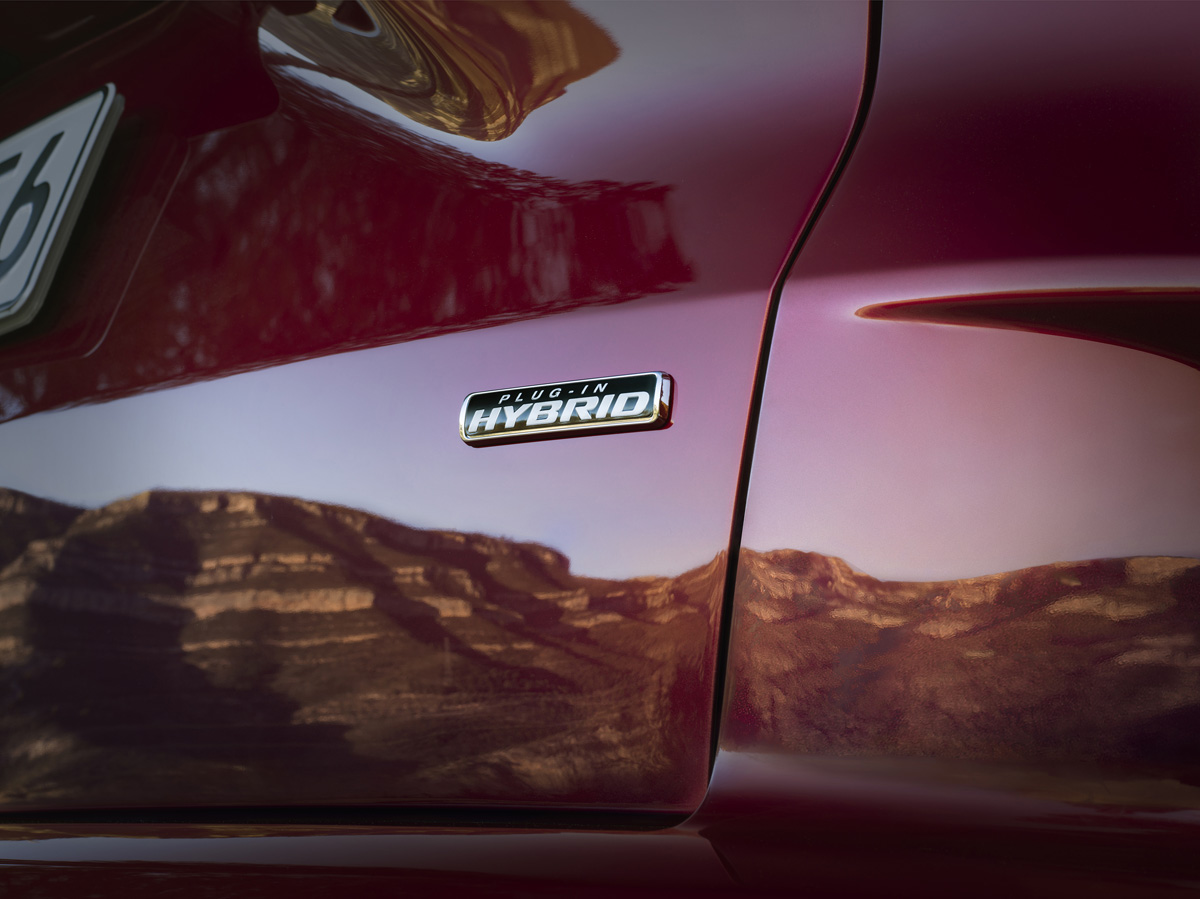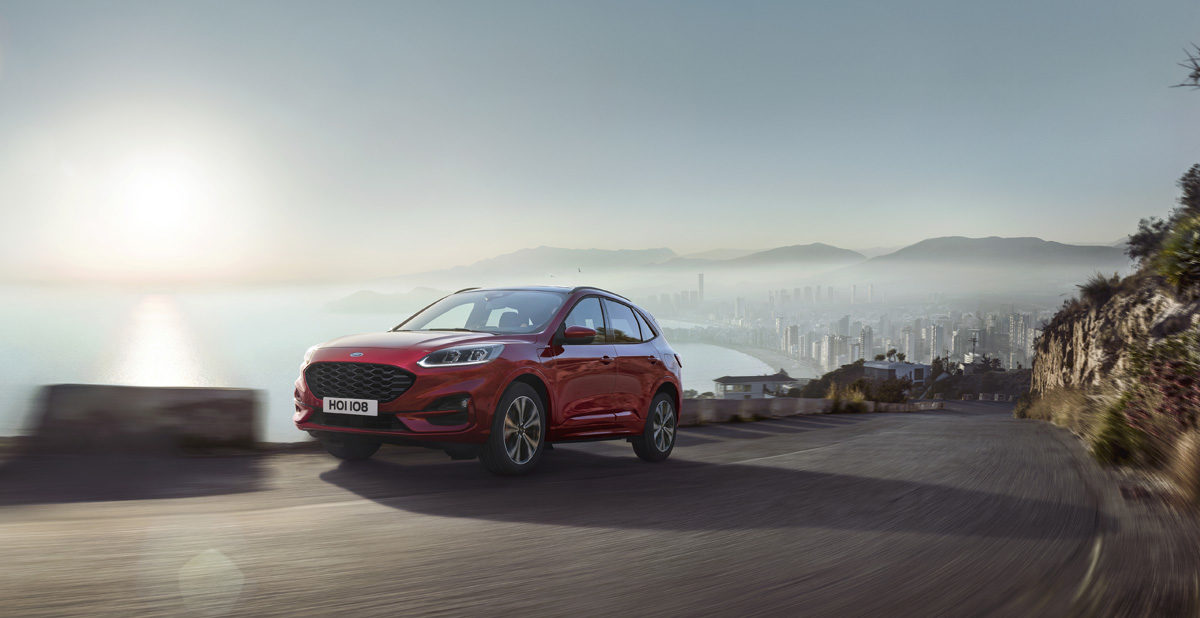It may not have a good name locally, due to some “burning” issues but internationally the Kuga is one of the most important Ford models in terms of its strategy for the future, and recently the automotive giant unveiled its all-new Kuga model in Britain and at Auto Shanghai in China.
The stylish and distinctive new third-generation Kuga SUV has premium proportions to deliver improved roominess and comfort, and is the most electrified vehicle from Ford ever, with an advanced range of hybrid powertrains for (as Ford claims) unprecedented fuel-efficiency.
Offered in the United Kingdom in Titanium, sporty ST‑Line, and upscale Vignale trim, the comprehensive Kuga line-up includes a Plug-In Hybrid, an EcoBlue Hybrid (mild-hybrid), and Hybrid (full-hybrid) variants, alongside 2.0-litre EcoBlue diesel, 1.5‑litre EcoBlue diesel, and 1.5‑litre EcoBoost petrol engines, and an intelligent new eight-speed automatic transmission.
The mid-sized Kuga, the best-selling Ford SUV in Europe, now offers technologies such as a FordPass Connect embedded modem, a wireless charging pad, the SYNC 3 infotainment system of Ford with an eight‑inch central touchscreen, and a new industry-first, free-form 12.3-inch LCD instrument cluster with “true colour”.
New C2 architecture
The new Kuga is the first SUV to be based on the new global C2-architecture of Ford. The platform supports improved aerodynamics and reduces weight by up to 90 kg when compared to equivalent powertrain variants. The new architecture also enhances crash performance and has 10% more torsional stiffness.
Its new exterior design is more sculpted and simplified, and its more streamlined silhouette incorporates a longer wheelbase, a longer bonnet, a further reclined rear windshield, and a lower roofline. The new Kuga is 44 mm wider, 89 mm longer, and 20 mm lower than the outgoing model, with a 20 mm longer wheelbase. It has 13 mm more headroom for front seat occupants and 35 mm more in the rear.
The second row of seats can be moved backwards for best-in-class 1,035 mm rear legroom, or forwards to increase boot space by 67-litres. The design details include different executions for the different variants, with highlights such as sporty front skid plate and rear diffuser, body-coloured mirrors, side cladding and door handles, and LED daytime running lights.

Drivetrain options
Following the announcement by Ford earlier this year that every Ford nameplate from Focus onwards will include an electrified option, the all-new Kuga is the first Ford vehicle offered with a plug-in hybrid, mild-hybrid, and full-hybrid powertrain technology. Available from launch, the power-split architecture of the Kuga plug-in hybrid combines a 2.5-litre, four-cylinder Atkinson-cycle petrol engine, electric motor and generator, and 14.4 kWh lithium-ion battery to produce a combined output of 165 kW.
According to Ford this model, with EV Auto, EV Now, EV Later, and EV Charge modes, will deliver a pure-electric driving range in excess of 50 km and will deliver fuel consumption as low as 1.2 ℓ/100 km and only 29 g/km CO2 emissions. Recharging from an external 230-volt electricity supply will take around four hours.
The EcoBlue Hybrid employs mild-hybrid technology with a belt-driven integrated starter/generator (BISG) and a 48-volt lithium-ion battery pack to enhance its 110 kW 2.0‑litre diesel engine, contributing to anticipated CO2 emissions from 132 g/km and fuel consumption from 5 ℓ/100 km.
The Hybrid has a self-charging full-hybrid powertrain combining a 2.5-litre Atkinson cycle petrol engine, electric motor, generator, lithium-ion battery, and a power-split auto transmission. This model, also with all-wheel drive, will be available later.
Kuga customers can also choose from an 88 kW or 110 kW 1.5-litre Ford EcoBoost petrol model, or the 140 kW 2-litre Ford EcoBlue diesel, coupled with a six-speed manual or eight-speed automatic transmission with Drive Mode technology (Normal, Sport, Eco, and Slippery modes). The South African model line-up has not yet been finalised, but Ford expects to introduce the new Kuga locally in November this year, or early in 2020.
Text: Ferdi de Vos / Images: Ford UK


